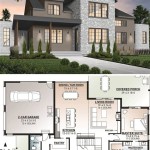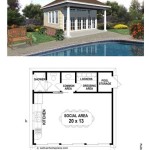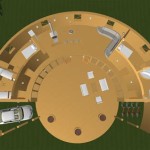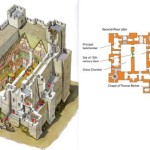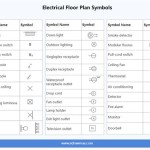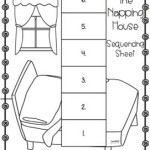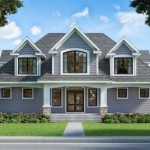Planning Houses Per Acre: Essential Considerations
When planning the layout of your property, determining the ideal number of houses per acre is crucial. This decision sets the foundation for the development's density, infrastructure, and overall character. Here are some essential aspects to consider:
Lot Size and Density
The number of houses per acre dictates the lot size and density of the development. Smaller lot sizes result in higher density and potentially more efficient use of space, while larger lots provide more privacy and a more spacious feel. Determine the optimal balance between density and livability based on the available land, market demand, and local zoning regulations.
Land Use and Infrastructure
The planned use of the land, including residential, commercial, or mixed-use, affects the layout and infrastructure requirements. Consider the size and location of roads, sidewalks, green spaces, and utility lines. Ensuring adequate access and services for the number of houses planned is essential.
Access and Circulation
Proper access and circulation within the development are crucial for both residents and emergency vehicles. Plan for a well-defined road network that provides efficient entry and exit points, as well as clear paths for pedestrian and bicycle traffic. Consider the potential traffic volume and plan for measures to mitigate congestion.
Utilities and Infrastructure
The number of houses per acre directly impacts the demand for utilities, such as water, sewer, electricity, and gas. Adequate infrastructure must be in place to support the planned number of residents. Consider the capacity of existing utility systems and any upgrades or expansions that may be necessary.
Setbacks and Building Orientation
Setbacks refer to the minimum distance between buildings and property lines. Establishing appropriate setbacks ensures adequate space for driveways, walkways, and outdoor living areas. Building orientation should also be considered to maximize natural light, passive solar heating, and views while minimizing noise and privacy concerns.
Green Spaces and Open Areas
Incorporating green spaces and open areas into the development plan enhances the quality of life for residents. These areas can provide opportunities for recreation, socializing, and relaxation. Consider the size, location, and type of green spaces that will best serve the community.
Local Zoning Regulations
Local zoning regulations establish the minimum lot size, setbacks, and density requirements for a given area. Before finalizing the layout plan, it is essential to familiarize yourself with the applicable zoning regulations to ensure compliance and avoid potential complications.

Residential Land Use Designations Hayward Eplan
Mrsc Visualizing Compatible Density

Mrsc Visualizing Compatible Density
Why Medium Density Housing

19 Elegant 1 Acre House Plans Images Compound Resort Design Plan Multigenerational

Homestead Layout Plans On 1 Acre Or Less Backyard Farming Garden Planning

Diffe Ways That 75 Dwellings Per Hectare Can Be Realized From Rows Scientific Diagram

Mrsc Visualizing Compatible Density

Visualizing Compatible Density The Urbanist
How Many Houses Can Be Built On 1 2 Acres Of Land Quora

